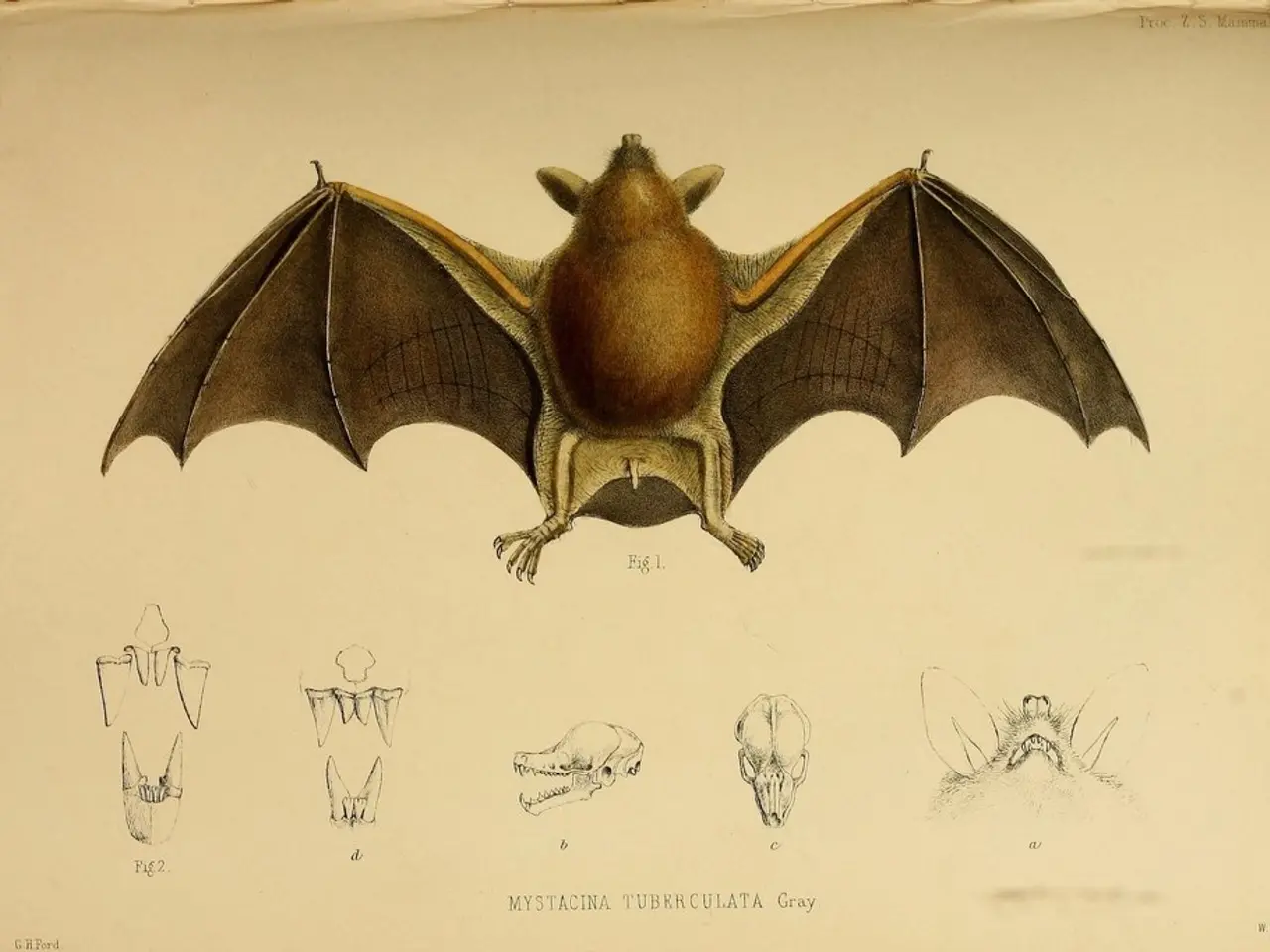Enhanced Battery Performance Achieved through Dry-Process Carbon Fiber
Long Carbon Fibers Revolutionize Battery Production for Vehicles and Electronic Devices
In a groundbreaking development, researchers at the Oak Ridge National Laboratory (ORNL) have found a way to improve the performance of batteries used in vehicles and electronic devices. The innovation involves the use of long carbon fibers in dry-processed batteries, a method that could potentially lead to more widespread use.
The use of long carbon fibers facilitates the transfer of electrons further, leading to faster charging and discharging rates. This improvement is crucial for electric vehicles and devices that require quick charging and discharging capabilities.
The stronger and more flexible films made from long carbon fibers also contribute to longer-lasting batteries. The carbon fibers' high strength-to-weight ratio allows for the construction of lighter batteries that maintain structural integrity while reducing overall weight. This weight reduction contributes to improved energy density and increases the efficiency and range of electric vehicles or devices using such batteries.
The incorporation of long carbon fibers in dry-processed films has improved the mechanical strength of the material, making it more durable and resistant to tearing. Dry-processed films, which tear easily, have now become stronger and more flexible due to the addition of long carbon fibers.
The ORNL project, funded by the Department of Energy's Advanced Materials and Manufacturing Technologies Office, aims to make battery production more energy-efficient and scalable. The use of long carbon fibers in dry electrode processing methods eliminates the need for wet organic solvents, reducing factory floor space, time, energy, waste disposal, and startup expenses.
The chemical cost savings from dry processing with the addition of long carbon fibers are expected to exceed the cost of the long carbon fibers, which constitute only 1% of the weight. This cost-effectiveness could help U.S. battery producers compete more effectively in the global market.
The performance advantages of carbon fiber-enhanced dry-processed batteries include higher energy density, faster charging, lighter battery packs, and multifunctional uses such as structural batteries. These benefits are critical factors for advancing electric transportation and portable electronics.
The lighter and stronger batteries appeal to automotive, aerospace, and consumer electronics sectors looking to improve energy efficiency, reduce weight, and extend device or vehicle operation on a single charge. The use of long carbon fibers in dry-processed battery production provides a combined benefit of enhanced electrochemical performance, mechanical robustness, and manufacturing efficiency.
In conclusion, the use of long carbon fibers in dry-processed battery production offers a promising solution for improving battery performance, reducing manufacturing costs, and increasing energy efficiency. This development could significantly impact the electric vehicle and electronic device industries, contributing to the global demand for lightweight, high-performance energy storage solutions.
[References] 1. DOE/ORNL, News Release: ORNL Developed Method for Making Lighter, Stronger Batteries 2. DOE/ORNL, Fact Sheet: Carbon Fiber-Enhanced Batteries 3. Science Daily, Carbon Fiber-Enhanced Batteries Could Improve Performance of Electric Vehicles and Electronic Devices 4. Energy Storage News, Oak Ridge National Laboratory develops carbon fiber-enhanced batteries
- The innovation in battery production for vehicles and electronic devices, led by the Oak Ridge National Laboratory, involves the use of long carbon fibers, which not only facilitate faster charging and discharging rates due to the transfer of electrons but also enable the construction of lighter batteries that maintain structural integrity.
- In addition to improving electrochemical performance, the use of long carbon fibers in dry-processed battery production results in stronger and more flexible films, making the battery material more durable and resistant to tearing, ultimately contributing to longer-lasting batteries.




